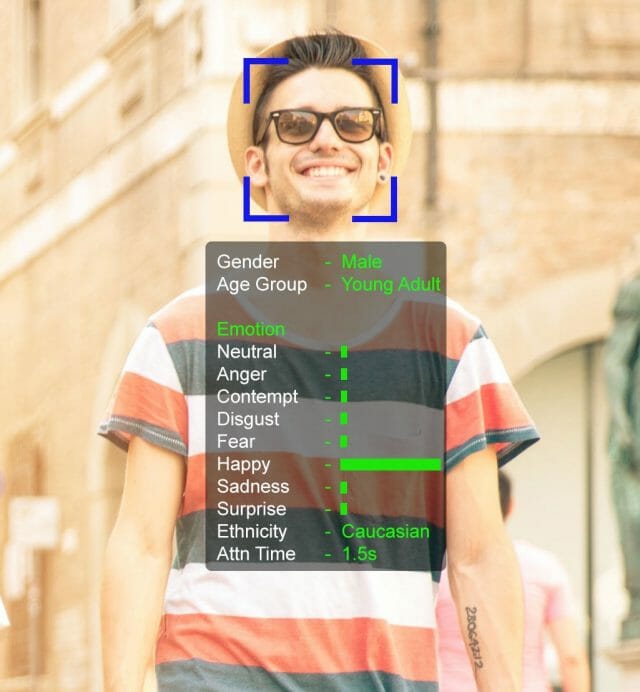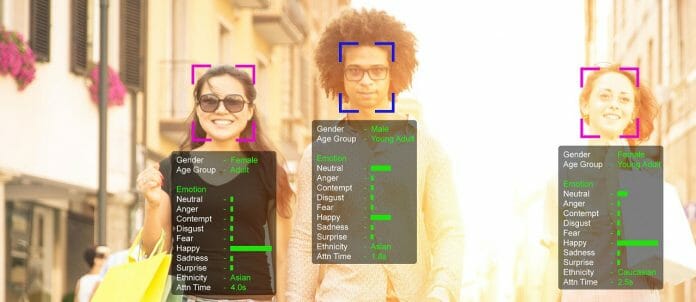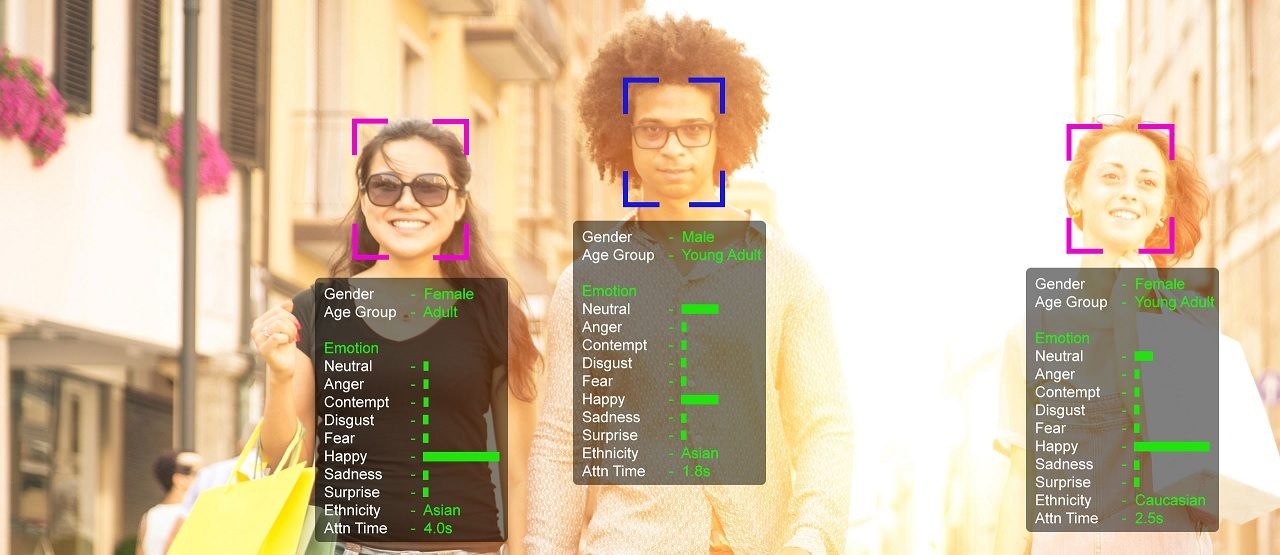Gluek Technologies leverages AI to ensure happiness for customers
By Satoko Omata
“There are difference in valuation for primetime TV ads and front page ads, but there aren’t the same kind of analytics available for out of home advertisements.”
That was the initial gap in the market that Alberrt Alexander, founder and CEO of home-grown Glueck Technologies, identified. Founded in 2014, Glueck (pronounced as Gluu-ck) means happiness in German, exactly the emotion that the company aims to achieve for all its customers and clientele.
Glueck specialises in intelligent video analytics, a system that leverages artificial intelligence (AI), computer vision and machine learning capabilities to analyse human emotions as well as objects.
Having first explored the advertising industry, Glueck’s system relies on rule engines to run facial analytics to push targeted ads in real time based on a person’s age, gender and emotions.
Tough market to crack
While it sounds good on paper, in practice, the market is tough to break. “The technology is already developed. That’s the easy part. The tough part is getting into the market and gaining people’s acceptance,” Alexander points out.
In the early days, the advertising industry was a lucrative business with no concrete numbers to back it up.
“They’ve been selling the rate cards four times the value. Our system is able to count the number of people looking at the screen, and for how long,” he shares. “Advertising industry didn’t want to adopt this technology because they might lose business.”
Eventually, clients were asking for the numbers to be backed and Glueck started gaining good ground. Despite the initial hurdle, Glueck has found success in several other industries, with the retail industry warming to their systems quickly.
“Feedback is more obvious in retail-related industries compared to the advertising industry, because it is more apparent in customer satisfaction,” explains Alexander.
Partners in processing power
Glueck created a system that detects gender, emotions, age and attention span in real time by collecting data via cameras. The data is then processed and sent to a hosted cloud for analysis.
Processing up to 15 frames per second, Glueck’s system is what the industry considers as high-performance computing, relying heavily on chip maker NVIDIA’s graphic processing units (GPUs). GPUs were only introduced into the market in 2012; while other companies were still relying on CPUs (central processing units), Glueck quickly saw the potential of GPUs, thus leveraging its speed and power.
Currently, Glueck’s system runs on a 16-core CPU, along with a GPU card with 3,840 cores. As reference, the latest available consumer GPU comes with up to 32-cores, made for video processing, gaming and professional workstations. This kind of processing power does not come cheap.
While it may have been a pricey investment at first, Glueck soon forged a strong partnership with NVIDIA. Initially working together as inception partners, Glueck has recently been inducted into NVIDIA’s global partner program – the only Malaysian company to achieve this feat, and one of 16 companies worldwide.
Beyond NVIDIA, Glueck also has strong partnerships with Hewlett Packard Enterprise, Tech Data and Gigabyte.
Beyond advertising
While Glueck currently focuses only in advertising and retail, Alexander reveals that they are looking to expand the capabilities and explore the potential of implementing the systems for different use cases. He gave us examples of other use cases that could possibly save human lives.
“We had discussions, but we didn’t really pursue it. With two neuro recognition scientists on the team, we were looking at picking up signs of people who are depressed,” he envisages.
“Using cameras to pick up the visuals, then alerting relevant services and caregivers. There are many people who need help but don’t know how to reach out.”

“These are very expensive hobbies,” he quips. “We’re not big like Microsoft, but NVIDIA is very supportive of us.”
Moving toward Industry 4.0
Alexander further observes that many people are talking about industry 4.0, but not many people know what industry 4.0 entails.
In this regard, he opines that Malaysia is still quite far behind in terms of mindset and implementation. He sees better results in neighbouring countries including Singapore, Indonesia, Thailand and Vietnam.
While AI and analytics can be implemented in every industry, no country is able to specialise in every industry. Alexander suggests that the Malaysian government should have a clearer focus in approaching Industry 4.0.
“For example, Singapore has a very clear idea of what they want to do for the next 10 years, with a specific focus. We don’t see the same thing here,” he assesses. “They are looking at everything, but they are not focused on one area. They must have in mind a clear vision and they have to engage with the relevant industry.”
To Alexander, Malaysia needs a clear strategy as to which direction the country is heading. While technology can be applied anywhere, at the end of the day, there is a dire need for more nurturing spirit.
“The government should evaluate companies that not only take the technology to the next level, but also be able to give back to society,” he urges.
This story first appeared in the Business Today magazine (January 2018 issue)











